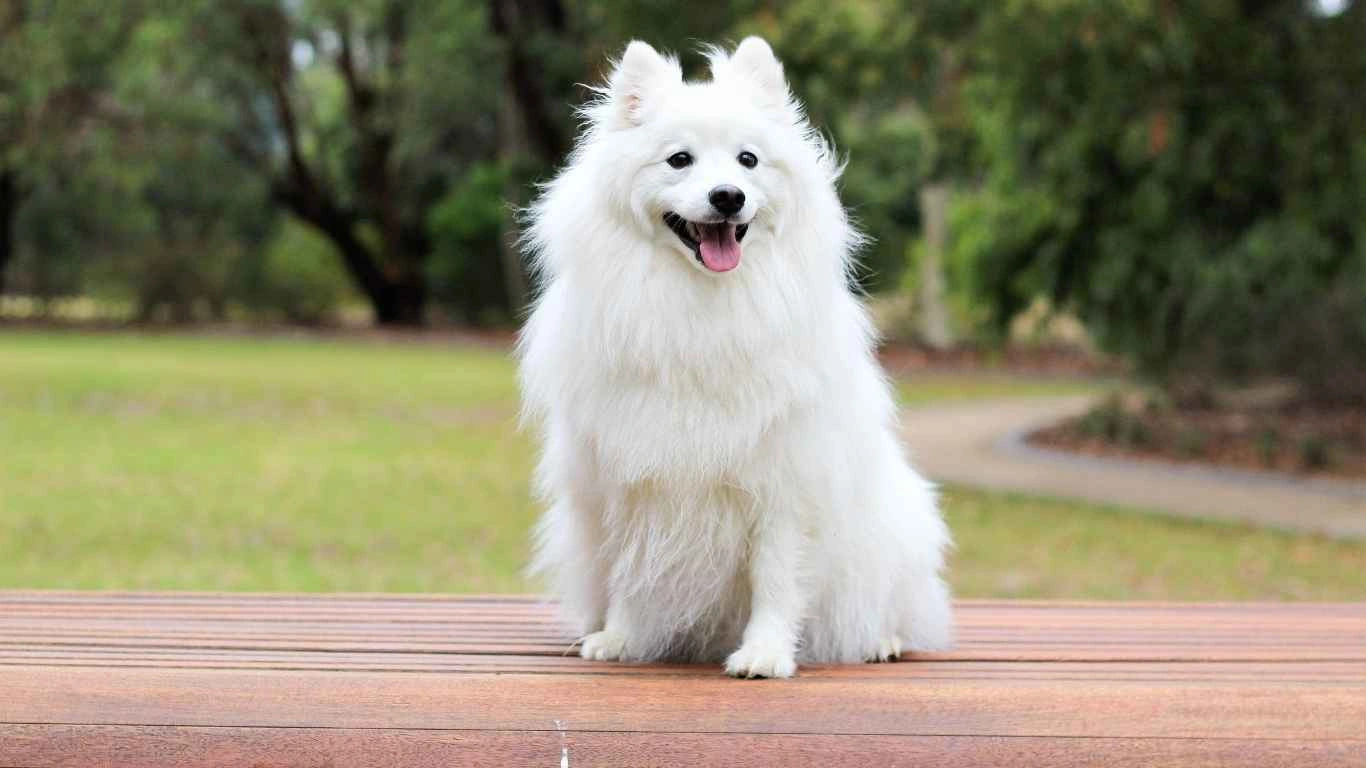Best Frozen Fruits and Veggies Dogs Can Eat Safely
Many pet owners wonder if frozen fruits and vegetables are safe for their dogs to eat. It’s a good question—dogs love snacks, and frozen produce can be a refreshing treat, especially on hot days. But not everything healthy for humans is safe for dogs. Understanding what’s okay and what’s not can help you give your dog safe, nutritious options without risking their health.
Understanding How Dogs Digest Fruits and Veggies
Dogs are omnivores, which means they can eat both plant and animal foods. Their digestive systems are different from humans, though. While they can handle small amounts of fruits and vegetables, they don’t digest fiber as efficiently as we do.
Fruits and vegetables offer vitamins, minerals, and fiber. But too much can cause stomach upset, especially if your dog isn’t used to them. Cooking or freezing can help break down tough plant fibers, making these treats easier for dogs to digest.
Some fruits and vegetables also contain natural sugars or compounds that can be harmful if eaten in large amounts or if served raw. That’s why it’s important to know which ones are safe and how to serve them.
How Frozen Fruits and Veggies Benefit Dogs
Freezing fruits and veggies doesn’t take away their nutrients—in fact, it can help preserve them. Plus, many dogs enjoy the crunchy texture of frozen foods. They can even act like chew toys, helping with teething in puppies or providing a soothing treat for older dogs.
Frozen produce can be a low-calorie, hydrating treat. For example, frozen watermelon (without seeds or rind) offers water and vitamins, while frozen green beans provide fiber and crunch without many calories.
Just be sure to freeze them plain—no added sugar, salt, spices, or oils. Keep it simple and whole-food-based for the healthiest choice.
Safe Frozen Fruits and Veggies for Dogs
Here are some safe options you can feed your dog in small, frozen portions:
- Carrots: Low-calorie, crunchy, good for teeth and eyes (vitamin A).
- Green beans: High in fiber and low in calories, a good filler for overweight dogs.
- Blueberries: Packed with antioxidants, good for the immune system.
- Apples (seedless): Provide fiber and vitamin C; remove seeds and core.
- Watermelon (seedless, rind removed): Hydrating and sweet.
- Peas: Full of fiber, protein, and vitamins like B and K.
- Pumpkin (plain, not pie filling): A natural digestive aid.
Introduce any new food slowly to avoid tummy troubles. Start with a small piece and watch for any reaction.
Fruits and Veggies to Avoid
Some fruits and vegetables are toxic or can cause digestive issues in dogs. Avoid giving your dog any of the following, frozen or not:
- Grapes and raisins: Can cause sudden kidney failure.
- Onions, garlic, and chives: Damage red blood cells, leading to anemia.
- Avocado: Contains persin, which can upset the stomach or be toxic in large amounts.
- Tomatoes (especially green): Contain solanine, a toxin harmful to dogs.
- Cherries: Pits are a choking hazard and contain cyanide.
If your dog accidentally eats any of these, contact your vet right away, even if they seem fine at first.
Signs Your Dog Isn’t Tolerating Frozen Produce Well
Not every dog handles new foods the same way. Watch for signs that the frozen fruits or veggies aren’t agreeing with them. These might include:
- Vomiting or gagging
- Diarrhea or constipation
- Gas or bloating
- Loss of appetite
- Itchy skin or new rashes (possible allergies)
These symptoms are usually mild and go away when the food is removed. But if they continue or get worse, it’s a good idea to call your vet.
When to Talk to Your Vet
If you’re unsure whether a food is safe or how much to feed, your veterinarian is the best person to ask. This is especially important if your dog has health issues like diabetes, kidney disease, or food allergies. Some frozen fruits and veggies are high in natural sugars or potassium, which may not be safe in those cases.
Your vet can also help you figure out portion sizes. Even safe foods can cause problems if given too often or in large amounts. Treats—including fruits and veggies—should make up no more than 10% of your dog’s daily diet.
Trust your instincts as a pet parent. If something doesn’t seem right, don’t wait—call your vet and get peace of mind.
Tips for Serving Frozen Fruits and Veggies
To make frozen treats safe and fun for your dog, keep these tips in mind:
- Cut produce into small, bite-sized pieces before freezing.
- Avoid seasoning or adding anything extra.
- Use silicone molds or ice cube trays to make single-serving treats.
- Mix safe fruits and veggies with plain yogurt or peanut butter (no xylitol) for a DIY pup popsicle.
- Store frozen treats in an airtight container to avoid freezer burn.
With a little preparation, frozen produce can be an easy and affordable way to boost your dog’s nutrition and enjoyment.
Final Thoughts
Frozen fruits and vegetables can be a healthy, hydrating treat for most dogs when given in moderation. Stick with safe options like carrots, green beans, and blueberries, and always introduce new foods slowly. Every dog is different, so watch for signs of discomfort and reach out to your vet with any concerns.
Remember: treats should add joy—not trouble—to your dog’s diet. With a little care, frozen produce can be a cool way to show your pup some love.






